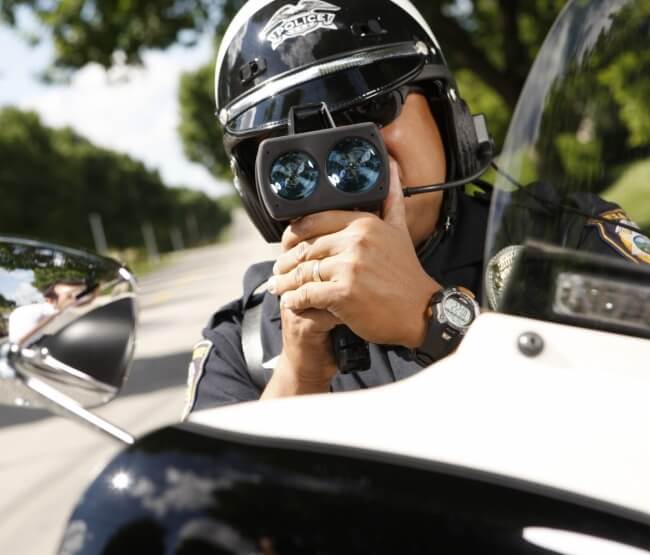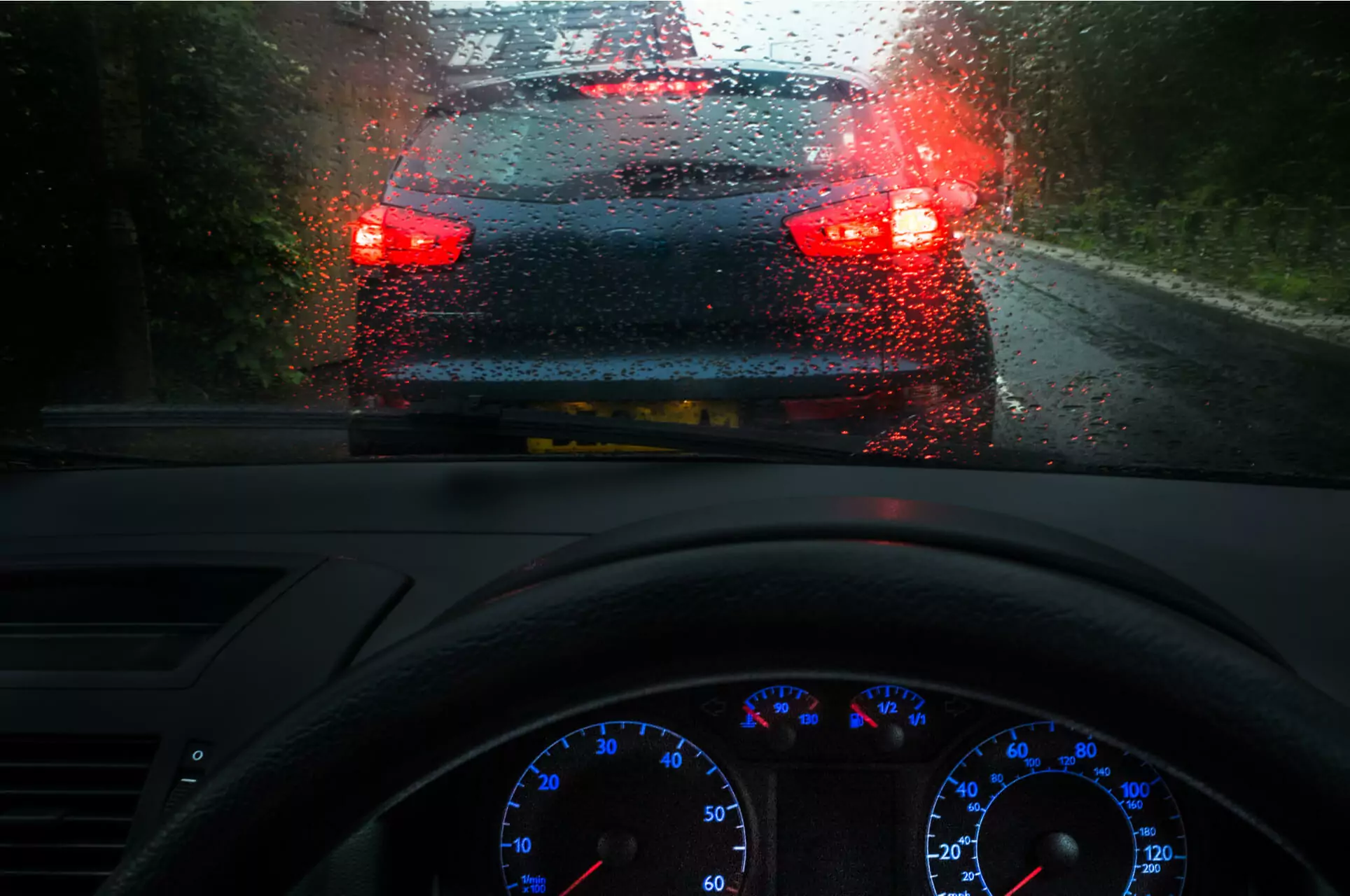We all know how dangerous speeding can be and that it’s a major factor in both the frequency and severity of traffic accidents. But what other behaviors contribute to accidents on our roads?
One factor that sometimes goes ignored is tailgating or driving too close to the car in front. It’s estimated that tailgating is a factor in a third of all rear-end collisions. This makes it one of the most common – and dangerous – examples of poor driving on our roads.
HOW IS ‘TAILGATING’ DEFINED?
Most states don’t have an exact definition of what distance is considered safe between two cars and therefore what’s considered tailgating. It’s often defined more on a ‘you know it when you see it’ basis, which unfortunately means it will often only be identified after an accident has occurred.
However, it’s generally accepted that tailgating involves either driving behind another vehicle more closely than is reasonable in the current circumstance, or failing to leave enough space in front of you for another vehicle to safely enter that space.
A good rule of thumb for drivers is to maintain a two-second gap between their car and the vehicle in front. This should allow them enough time to notice potential hazards and avoid having to brake dangerously in an emergency. However, more of a gap is usually required if conditions or visibility are poor, such as:
- When driving at night;
- When driving on high-speed roads;
- When the road is wet or icy;
- When following a large vehicle like a truck or a semi-trailer; or
- When visibility is limited due to fog, rain, snow, dust, or smoke.
While some states define ‘tailgating’ using the two-second rule, others work on a sliding scale formula that measures a safe gap based on speed. Basically, the faster the cars are moving, the wider the gap should be.
WHERE DO PEOPLE TAILGATE?

The simple answer is everywhere. In the US, there isn’t a large regional difference: four of the states ranking in the top 10 for a share of tailgaters were located on the east coast, two more were close to the west coast, and the remaining four were split between the Mountain and Midwest regions. On average, 14 out of every 10,000 drivers nationwide have a prior citation for tailgating.
A 2021 study compared the average number of tailgating incidents per 10,000 vehicles in every state throughout the course of the year. The states with the highest instances of tailgating were:
1. Idaho: 76 instances of tailgating (per 10k vehicles)
2. Georgia: 45 instances of tailgating
3. Nebraska: 38 instances of tailgating
4. Utah: 36 instances of tailgating
5. Virginia: 35 instances of tailgating
6. Washington: 29 instances of tailgating
7. Connecticut: 22 instances of tailgating
8. Ohio: 22 instances of tailgating
9. New Hampshire: 20 instances of tailgating
10. Colorado: 20 instances of tailgating
It should be pointed out that this is a count of ‘violations’, meaning that these numbers are not only a count of incidents but also reflect the severity of local tailgating laws. In other words, behavior that might have been booked as a violation in one state might have been ignored in another.
A WORLDWIDE PROBLEM
Of course, it’s not just in the US that tailgating is a major problem and cause of accidents. Tailgating also causes most rear-end crashes in Australia, with some motorways in Australia (and the UK) featuring specific road markings to try to help resolve this problem. These consist of an arrangement of chevrons to remind drivers not to tailgate, and these chevrons also assist in measuring out the two-second rule.
There is also signage in Britain on very congested smart motorways, to say: “stay in lane: congestion.” This is intended to stop tailgating from drivers merging into faster-moving lanes.
Many countries in Europe classify tailgating under general ‘reckless driving’ laws. These include Sweden, Switzerland, Portugal and the Netherlands. Other countries such as France, Italy and Belgium seem to be laxer in terms of policing. In Germany, it’s one of the key violations that the Autobahnpolizei are looking out for on the nation’s famously fast-moving Autobahns.
DIFFICULT TO PREVENT

There’s no doubt that tailgating is a major problem on our roads. But it’s also very poorly defined, which can make it difficult to effectively police. Luckily, there are tools available to help officers identify problems before they happen, including some LIDAR speed guns that can measure safe distances between vehicles and identify unsafe drivers.
The ProLaser 4, for example, features a Following Too Close mode that instantly identifies tailgating drivers. This feature can be used to calculate violations of both the two-second rule or the formula for a safe distance, meaning that it can identify tailgaters no matter how it’s defined by the local laws. Tailgating may be a problem, but with the right tools, it doesn’t have to be an insurmountable one.

